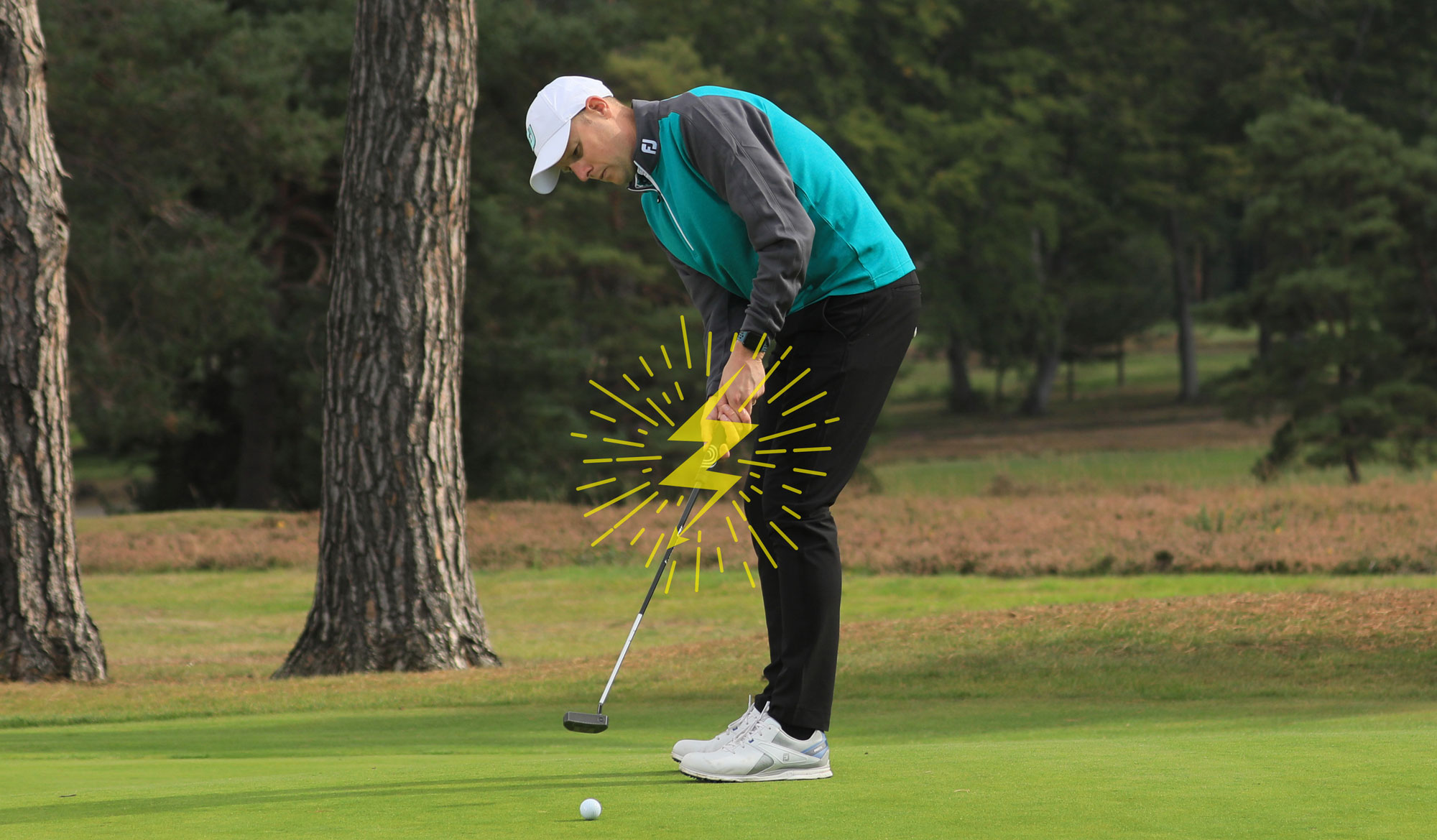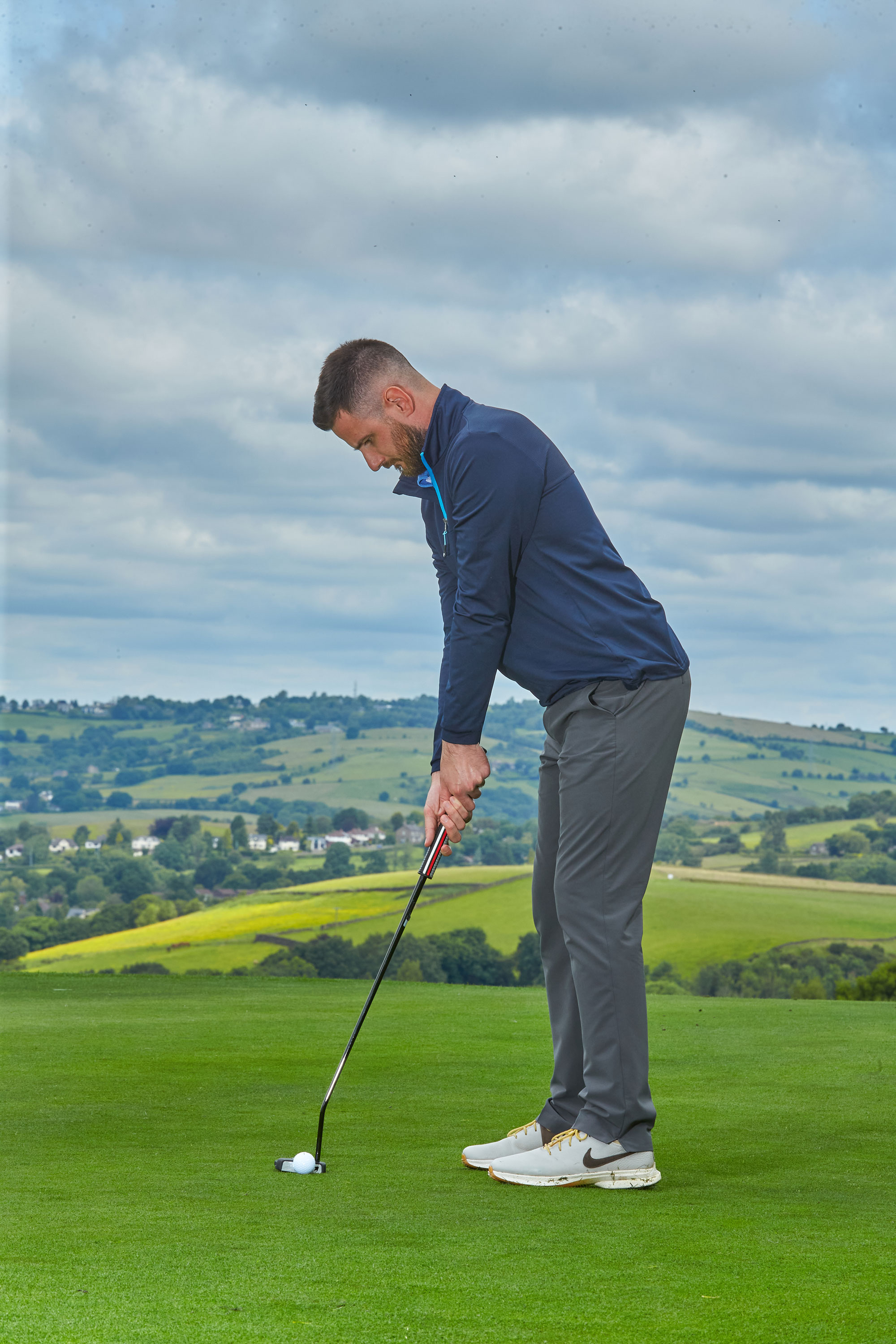How To Cure The Putting Yips
The yips can be catastrophic for your golf game, and when they hit the putter it inevitably leads to big scores, but these tips can get you back on track...


The word 'yips' is not one you want to hear on or around the golf course, with the sheer mention of the word sending shivers down the spine of most golfers. Yips manifest in a number of way, with some golfers experiencing an involuntary movement while some tend to go the opposite way and freeze or lock up.
Research suggests that up to half of all serious golfers have experienced the phenomenon at some point, whether on the greens or even a touch of the chipping yips.
Golfers who have played for more than 25 years appear most prone to the condition, perhaps because their experience and knowledge of the game causes them to be overly analytical of their game.
It's important not to try and fix a problem that isn't there, but if you are struggling with this crippling issue then these expert tips are exactly what you need to take your first proactive step in the right direction...
How to cure the putting yips?
Despite extensive discussion and research around the yips in golf, the exact cause is yet to be determined. One possibility is biochemical changes in the brain that accompany ageing.
Excessive use of the involved muscles and intense demands of coordination and concentration may exacerbate the problem. Focal dystonia which involves involuntary spasms in small muscles in the body has also been mentioned as a possible cause for the yips – just take a look at Ernie Els' six-putt at the 2016 Masters and Bernhard Langer at the 1991 Ryder Cup.
Tour golfers have employed various methods to combat this, including the claw grip for putting as this provides a different feeling that can help to solve the problem. Seeing players at the top of the game use alternate methods to beat the yips provides hope for all golfers that, with the right approach, you can get past the issue.
Subscribe to the Golf Monthly newsletter to stay up to date with all the latest tour news, equipment news, reviews, head-to-heads and buyer’s guides from our team of experienced experts.
As you work through it, you may feel frustrated or even angry, so here are some great mental game golf tips to help you approach the issue in a positive way...

The putting yips can destroy your confidence, and your scorecard, but there are practical solutions to the problem...
- Get to the route of the problem: Is the issue something technical that can be supported by your local PGA pro or is it a mental response to a certain shot or in a certain situation (e.g. using a certain club in your bag or during a tournament)?
- Game of opposites: A more extreme method of combating the yips is to putt the opposite way to your usual stroke (i.e. right-handers putt left-handed), the aim being to get you back to basics and concentrate on the process rather than the action of yipping.
- Take a breath: A pre-shot routine can be vital for combating the yips – the key part of this being to take a breath either before approaching the shot or executing it.
- Trigger: One symptom of the yips is 'freezing' so having a physical trigger can help you execute the shot. For example, you may tighten and then relax your grip or take a deep breath in and out before taking the shot.
- Pressure: Many of the best short putting tips focus on using pressure in your practice. Try to practice with a purpose on the putting green or at home - set yourself targets, compete against playing partners or play for incentives. This can induce pressure and place yourself in nervous 'yip' territory providing you an opportunity to try to overcome it.
- Process over outcome: When practicing, aim to a point on the green, like a marker or alignment stick, to focus your attention on the execution of the skill rather than the outcome.
- Creative practice: Switch up your club selection during practice. Try out a hybrid, 3-wood or wedge to change your to focus on the action of the shot rather than the shot itself.
- Drills: Most 'yips' happen at close range so a great drills to try is the 2ft, 4ft, 6ft drill. Place a golf ball at each of these distances from the hole in a straight line. Start with the 2ft putt and work your way back to the 4ft and then the 6ft. Repeat this process at 90° angles around the hole trying to hole three putts each time.
The techniques outlined above can help to solve the problem, but if you require further support it would be a smart move to seek the advice of your local PGA pro or sports psychologist.
Break The Status Quo
The worst thing you can do with the putting yips is ignore them. However they started, it's important to take a proactive approach to fixing the problem.
Tackling the problem head-on with a new grip or some of the mental game processes above will set you onto a new path that could remove the feeling of the yips and allow you to swing the putter freely again.

Gareth is an Accredited PGA Professional with an MSc in Applied Sports Psychology & BSc in Sport & Exercise Science who specialises in Mental Skills Training. Within this field, he has worked with international athletes and DP World Tour Players. Gareth has also developed a series of golf products (including Mental Markers & Golf Training Diary) and has been published in the Psychology of Sport and Exercise journal with a study exploring 'choking' in Sport. Gareth has worked in the golf industry for over 20 years.